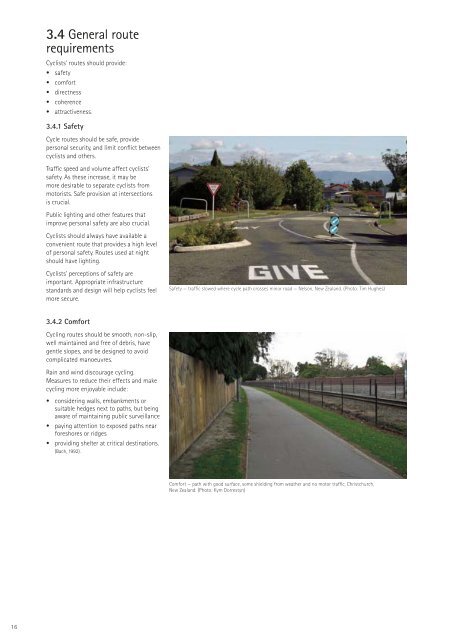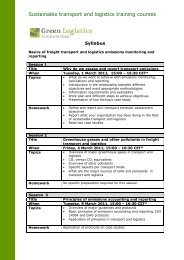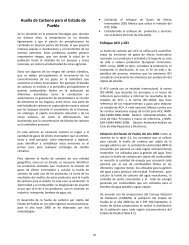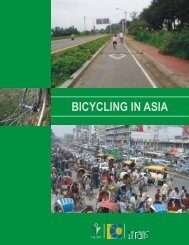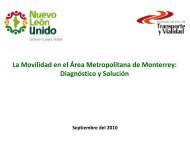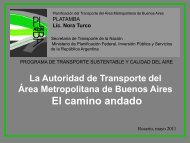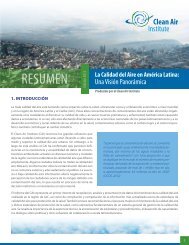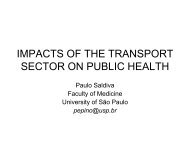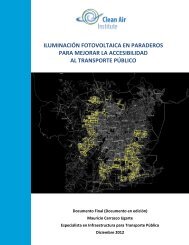CYCLE NETWORK AND ROUTE PLANNING GUIDE
CYCLE NETWORK AND ROUTE PLANNING GUIDE
CYCLE NETWORK AND ROUTE PLANNING GUIDE
You also want an ePaper? Increase the reach of your titles
YUMPU automatically turns print PDFs into web optimized ePapers that Google loves.
3.4 General routerequirementsCyclists’ routes should provide:• safety• comfort• directness• coherence• attractiveness.3.4.1 SafetyCycle routes should be safe, providepersonal security, and limit conflict betweencyclists and others.Traffic speed and volume affect cyclists’safety. As these increase, it may bemore desirable to separate cyclists frommotorists. Safe provision at intersectionsis crucial.Public lighting and other features thatimprove personal safety are also crucial.Cyclists should always have available aconvenient route that provides a high levelof personal safety. Routes used at nightshould have lighting.Cyclists’ perceptions of safety areimportant. Appropriate infrastructurestandards and design will help cyclists feelmore secure.Safety — traffic slowed where cycle path crosses minor road — Nelson, New Zealand. (Photo: Tim Hughes)3.4.2 ComfortCycling routes should be smooth, non-slip,well maintained and free of debris, havegentle slopes, and be designed to avoidcomplicated manoeuvres.Rain and wind discourage cycling.Measures to reduce their effects and makecycling more enjoyable include:• considering walls, embankments orsuitable hedges next to paths, but beingaware of maintaining public surveillance• paying attention to exposed paths nearforeshores or ridges• providing shelter at critical destinations.(Bach, 1992).Comfort — path with good surface, some shielding from weather and no motor traffic, Christchurch,New Zealand. (Photo: Kym Dorrestyn)16


